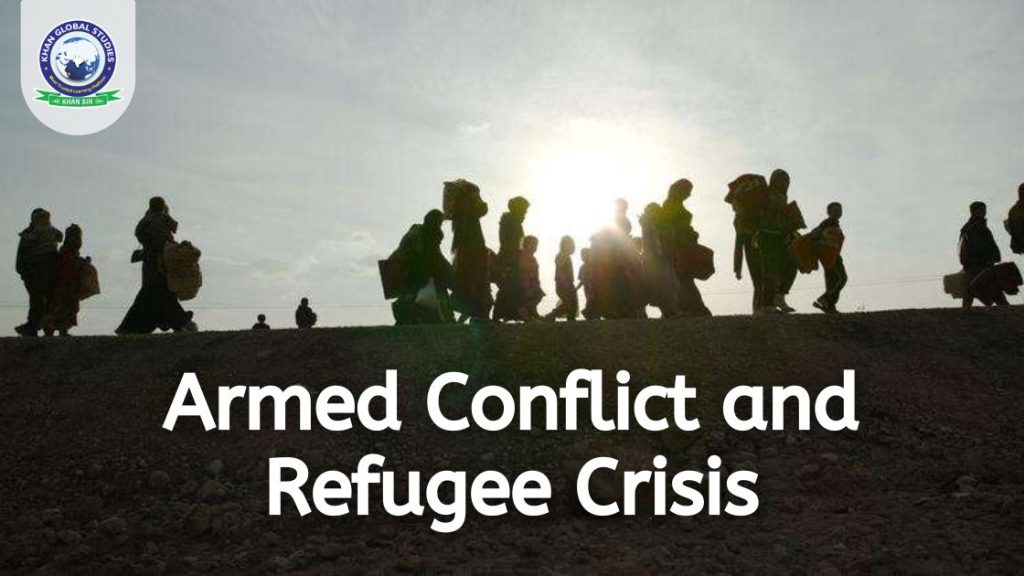When violence erupts, civilians often find themselves caught in the crossfire. Armed conflict not only destroys infrastructure and disrupts essential services; It tears apart communities and forces people to flee their homes in search of safety. This mass displacement creates a global humanitarian emergency, leaving millions of people uprooted and struggling to rebuild their lives.
Causes of Displacement: A Tangled Web
The roots of armed conflict run deep, involving complex issues such as ethnic tensions, political instability and competition for resources. These factors combine to create a volatile situation where violence erupts, leaving citizens with no choice but to flee their homes.
Dangerous Journey: Fleeing for Survival
The path for refugees is full of danger. Often covering long distances on foot, they face dangerous conditions such as extreme weather, limited access to food and water, and the constant threat of violence. Reaching a destination does not guarantee safety, as they may struggle to access basic needs such as shelter, health care and education. Children are particularly vulnerable at this time, facing disruption to their education and increased risks of exploitation.
A Shared Burden: Impact on Host Countries
Receiving countries face a significant burden as they cope with the influx of refugees. Existing resources become strained, competition for jobs and housing increases and social tensions may emerge. Although these countries often show immense hospitality, international cooperation and support are vital to help effectively manage the influx of displaced people.
Breaking the Cycle: Towards a More Peaceful Future
Tackling this destructive cycle requires a multi-pronged approach:
- Conflict Resolution: Investing in diplomacy, mediation and tackling the root causes of conflict at their source plays an important role in preventing wars and the subsequent displacement of people.
- Protection of Civilians: International law requires that all parties to a conflict distinguish between combatants and civilians, and take all necessary precautions to protect civilians from harm.
- Humanitarian Assistance: Providing critical assistance in the form of food, shelter, health care, and education is essential for the immediate survival and well-being of refugees.
- Long-term Solutions: The ultimate goal is to create a sustainable future for displaced people. This includes supporting their safe return and reintegration into their homes, or facilitating their integration into their new communities, allowing them to rebuild their lives with dignity.
Armed conflict and refugee crises are devastating consequences of the world being unable to resolve its differences peacefully. By working toward diplomatic solutions, upholding international law, and providing vital assistance to displaced people, we can hope to break this cycle and create a future where such tragedies occur less often.



